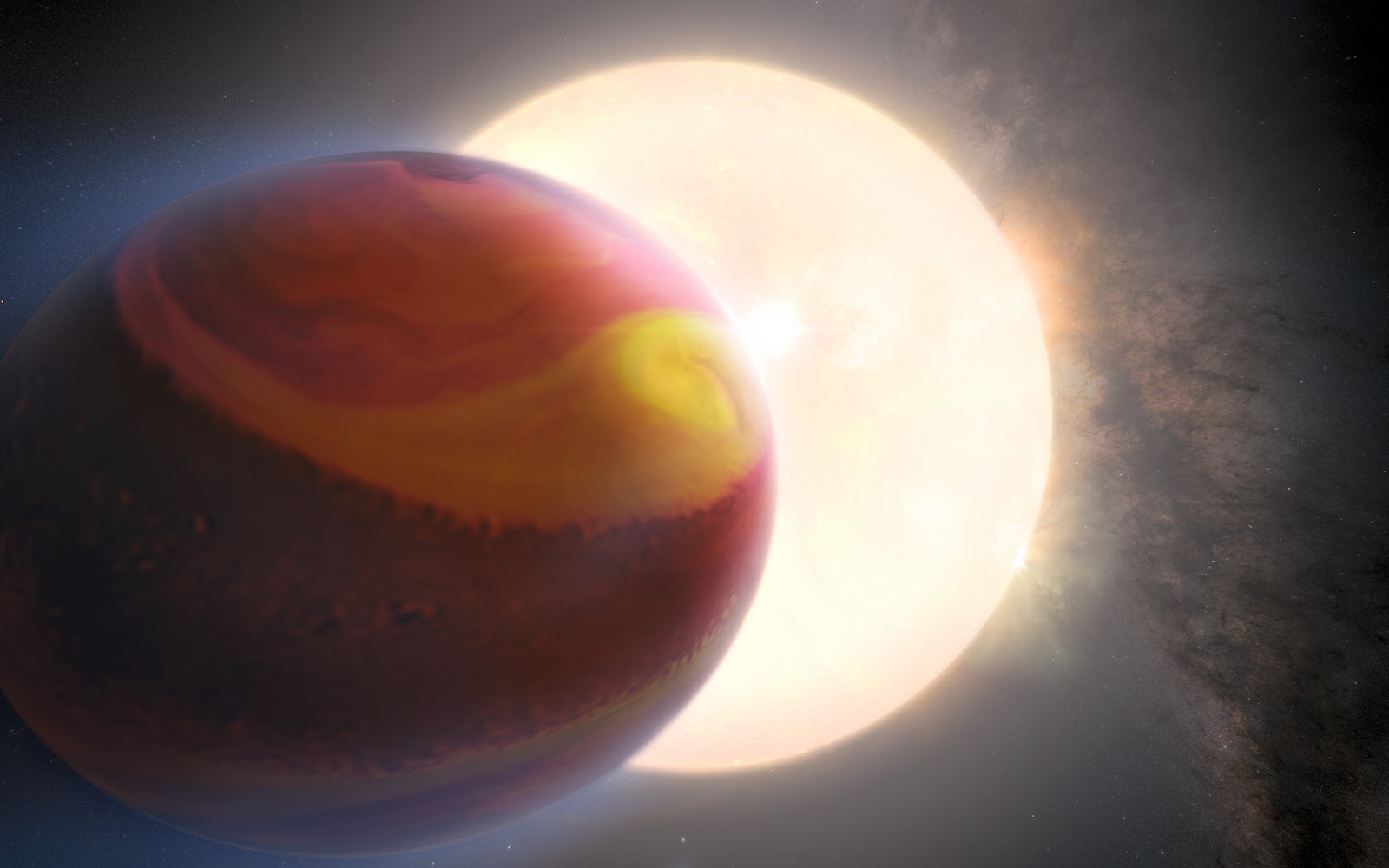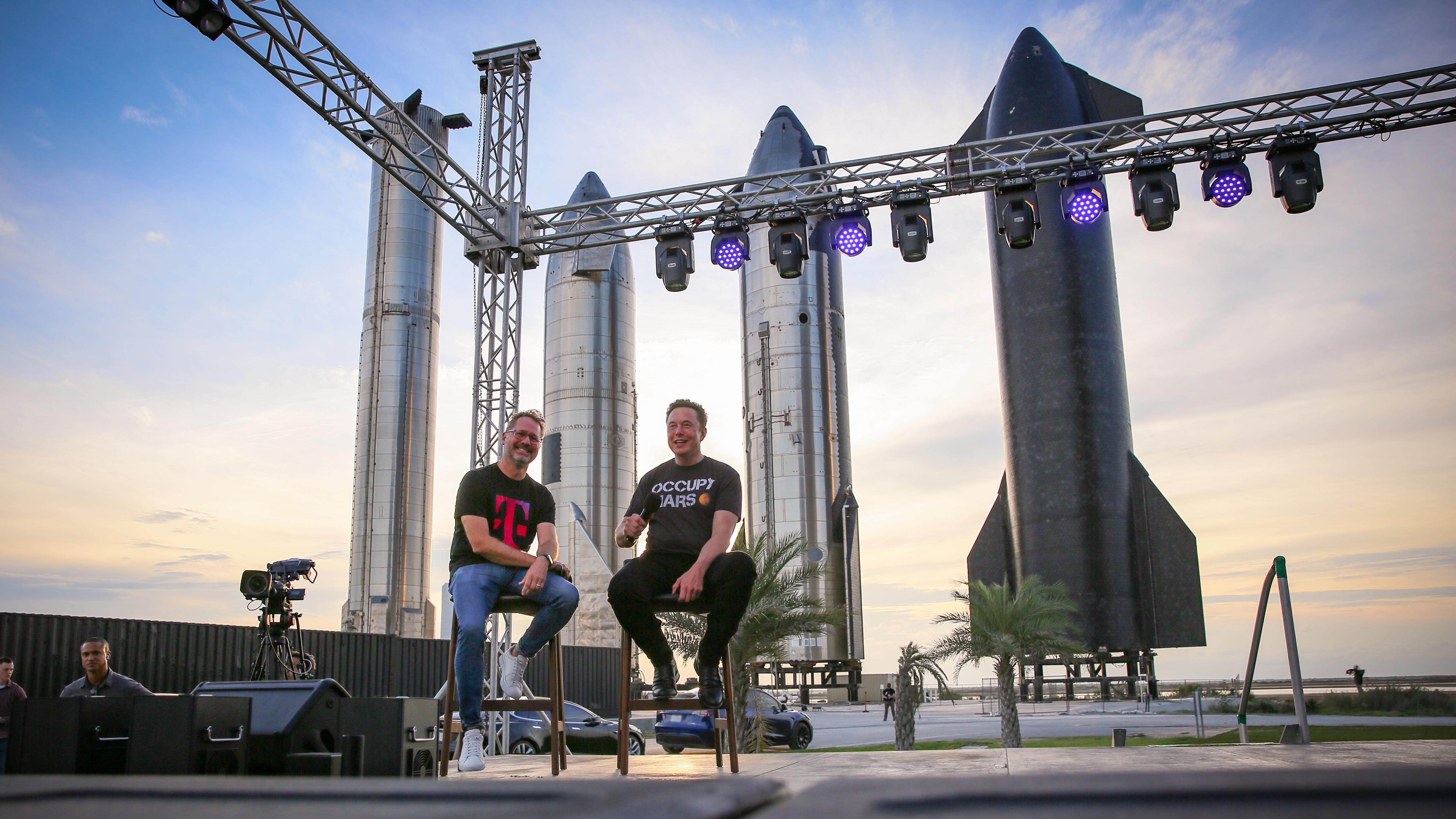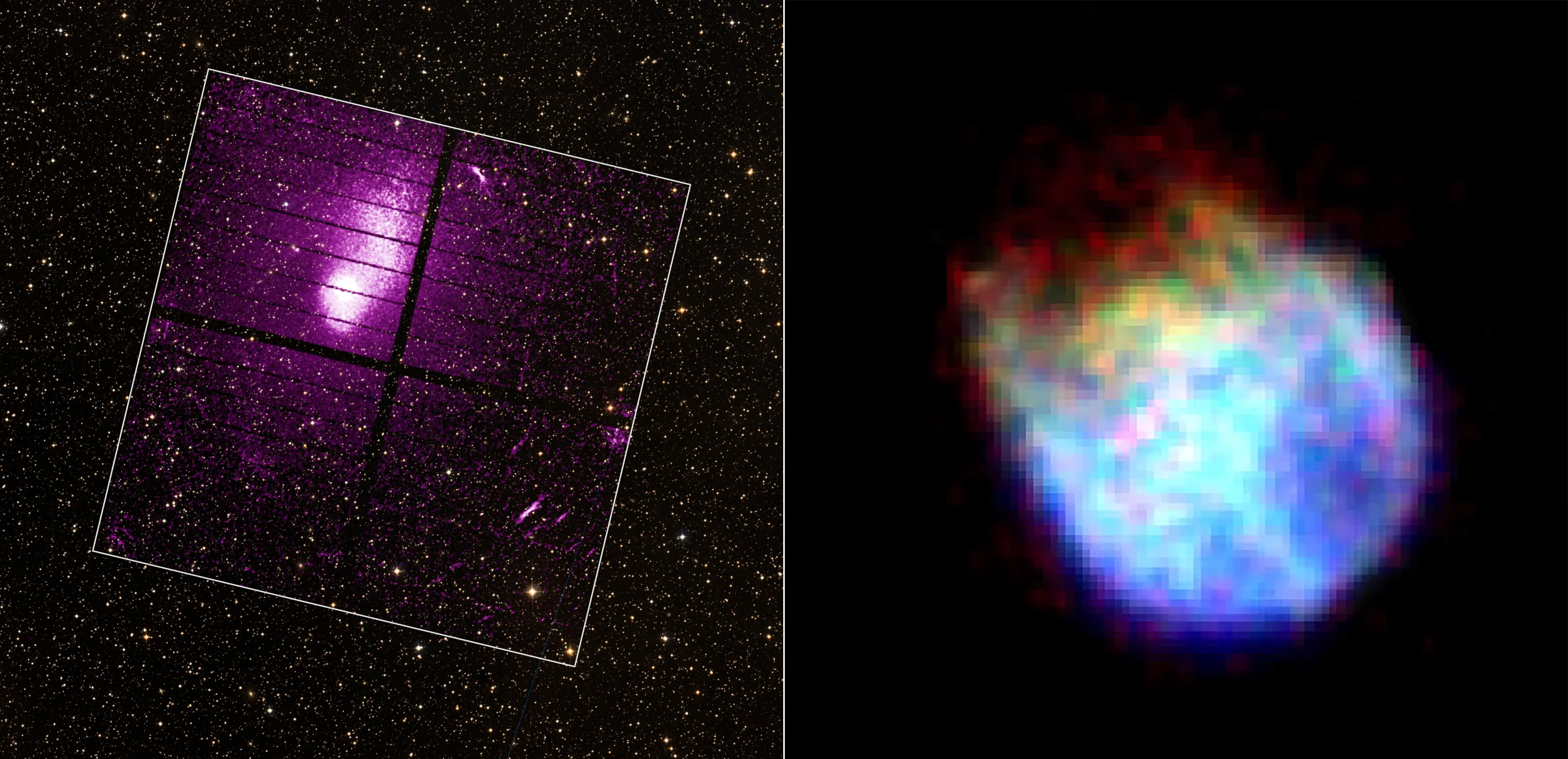This is T-Minus, where we count down the biggest developments in space, from new rocket launches to discoveries that advance our understanding of the universe and our place in it. Humanity is reaching new heights in space exploration. Make sure you’re part of the journey by subscribing here.


Hubble spies exoplanet’s weather
Scientists know that the atmospheres of planets in our solar system are constantly changing, suggesting that those planets experience weather just like Earth does. They suspected this was true of planets around other stars, or “exoplanets,” too, but didn’t have the data — until now.
On January 4, NASA announced that astronomers using computer modeling techniques and Hubble telescope observations from 2016, 2018, and 2019 have found evidence of weather patterns on WASP-121 b, a “hot Jupiter” exoplanet 880 light years from Earth.
“This is a hugely exciting result as we move forward for observing weather patterns on exoplanets,” said Quentin Changeat, a co-principal investigator from ESA. “Studying exoplanets’ weather is vital to understanding the complexity of exoplanet atmospheres on other worlds, especially in the search for exoplanets with habitable conditions.”


SpaceX launches first direct-to-cell satellites
In August 2022, SpaceX and T-Mobile announced Coverage Above and Beyond, an initiative to use Starlink internet satellites to provide cell service to T-Mobile customers. This would essentially eliminate “dead zones,” ensuring customers could use their phones wherever, whenever.
On January 2, the initiative took a major step forward with the deployment of the first six Starlink satellites with direct-to-cell capabilities. Thanks to their advanced modems, each of these satellites can now act like “a cellphone tower in space,” according to SpaceX.
“The launch of these first Direct to Cell satellites is an exciting milestone for SpaceX to demonstrate our technology,” said Sara Spangelo, senior director of satellite engineering at SpaceX. “We look forward to rapidly scaling up Direct to Cell with our partner operators around the world and rolling out messaging service for T-Mobile customers!”


First XRISM images released
In September 2023, a JAXA-led team launched XRISM (“X-ray Imaging and Spectroscopy Mission”), a new X-ray observatory expected to revolutionize our understanding of black holes, galaxy clusters, and other highly energetic objects in the universe.
On January 4, the XRISM team shared the first two test images — one of the galaxy cluster Abell 2319 and the other of the supernova remnant N132D — captured by the observatory’s Xtend imager. Using data from XRISM’s Resolve instrument, the scientists also created the most-detailed X-ray spectrum of N132D ever, revealing the composition of elements in the stellar remains.
“It’s so exciting to see XRISM already carrying out such marvelous scientific observations, even though it is not yet fully calibrated,” said Carole Mundell, ESA’s director of science. “It shows the potential this mission offers to our science communities for groundbreaking discoveries in the study of the most energetic phenomena in the universe.”
We’d love to hear from you! If you have a comment about this article or if you have a tip for a future Freethink story, please email us at [email protected].



